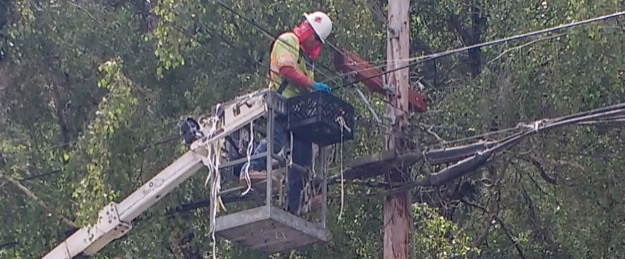
The republican-led Federal Communications Commission will endorse two essential and, to some, controversial policy positions taken by the previous democratic majority commission: the minimum speed for broadband service to be considered “advanced” is 25 Mbps down/3 Mbps up, and mobile service is not a “full substitute” for wireline broadband – there are “salient differences” between the two.
It’s a victory for common sense and market freedom over the intense, self interested lobbying by big telephone, cable and mobile companies at the local, state and federal level. AT&T, in particular, wants policy makers to believe that its mobile service, including the fixed variant it calls wireless local loop, is good enough for communities that don’t have the household income levels that would make wireline upgrades sufficiently profitable. Cable companies don’t want 25/3 to be the official floor because they are usually the only broadband providers that can offer that service level – they fear being tagged as a monopoly by antitrust enforcers and other broadband regulators.
Commissioners are reviewing a draft decision reaffirming these findings. So far, the FCC has only released a “fact sheet” summarising the draft. It says…
- The 25/3 speed benchmark is maintained. The draft report finds that the current speed benchmark of 25 Mbps/3 Mbps remains an appropriate measure by which to assess whether a fixed service provides advanced telecommunications capability.
- Mobile services are not full substitutes for fixed services—there are salient differences between the two technologies. Both fixed and mobile services can enable access to information, entertainment, and employment options, but there are salient differences between the two. Beyond the most obvious distinction that mobile services permit user mobility, there are clear variations in consumer preferences and demands for fixed and mobile services.
- Because fixed services and mobile services are not full substitutes, it is important to evaluate progress in deploying fixed broadband service as well as progress in deploying mobile broadband service. Any analysis that only looked at the progress in deploying fixed broadband service or only looked at the progress in deploying mobile broadband service would be incomplete. Therefore, the draft report takes a holistic view of the market and examines whether we are both making progress in deploying fixed broadband service and making progress in deploying mobile broadband service.
The FCC got this one right.
FCC “fact sheet” on draft 2018 broadband deployment report 18 January 2018
Pai statement on draft 2018 broadband deployment report 18 January 2018
Clyburn statement on draft 2018 broadband deployment report 18 January 2018
